“What is it like inside an American nightclub?” The question from a young North Korean woman startled me.
For so long, curiosity about the outside world was not just taboo for North Koreans, but also dangerous. North Korea strictly regulates interaction between North Koreans and foreigners, limiting travel overseas to official business and forbidding spontaneous, unmonitored visits between locals and visitors. With the “imperialist Yankees” remaining Enemy No. 1 for the North Koreans, travel to the United States is not an option for all but a few North Koreans. And slipping away to such a forbidden den of sin without approval would put any North Korean under grave suspicion of courting outside influence.
“I would love to take you to an American nightclub,” I said, both of us laughing at what seemed like a farfetched idea. She was dressed in a tailored black pantsuit, with the ubiquitous red Kim badge pinned over her heart. It was hard to picture her in a sweaty Williamsburg, Brooklyn, club with hip-hop pulsating in the background.
But I didn’t need to take her to Brooklyn to show her an American nightclub. Later that year, a foreign tour agency organized what was billed as the “first rave in Pyongyang” — a DJ night in the karaoke bar of the Koryo Hotel in the North Korean capital. It promised to be the best and only chance for me to show her what an American nightclub is like.
Tourism amid tensions
While most North Koreans are not free to travel to the United States, it is possible for Americans to visit North Korea. But tourism to North Korea is a tricky issue — morally, politically, financially.
Now that North Korea has lifted a harsh Ebola quarantine that blocked tourism to the country for nearly five months, foreign tour agencies are scrambling to lure visitors back with ads that promise “big celebrations, dances and parades” and golf greens so empty that “it’s like having your own private course.”
But the environment for tourism to North Korea isn’t the same in 2015 as it was a decade ago. After a relatively conciliatory period in North Korea’s foreign policy, the past six years have been defined by tension: nuclear tests, missile launches, deadly maritime clashes, cyberattacks, threats of thermonuclear war, the arrests of tourists, executions of purged officials and growing scrutiny of the human rights situation in a country with sprawling prison camps. We should remember that North Korea has been undergoing a change of leadership from 17 years of rule under Kim Jong Il to a new era under his young son, Kim Jong Un, who took power following his father’s death in December 2011. And with the purges purportedly continuing as the younger Kim seeks to solidify his leadership, the climate of uncertainty promises to persist.
To go, or not to go?
As an American journalist who has traveled to North Korea dozens of times since 2008, living and working in the country as the first Associated Press (AP) bureau chief in Pyongyang, I often am asked whether I think tourism to North Korea is a good idea.
The questioner may be asking whether it’s a good idea for them, as a Westerner, to make the costly and potentially risky trip to North Korea as a tourist. But I also weigh the question of whether it’s good for the North Koreans, living in one of the world’s most isolated nations, to have foreign tourists visiting their country.
As tour agencies gear up to promote two big events this year, the 70th anniversary of the end of Japan’s occupation of Korea on Aug. 15 and the 70th anniversary of the Oct. 10 founding of the Korean Workers’ Party, it is worth taking a step back and looking at the issues framing the question of whether tourism to North Korea is a good idea.
Critics say foreigners who visit impoverished North Korea at prices comparable to travel to Switzerland are funneling hard currency to a regime that diverts the money to the elite, the military and to propaganda while the millions of North Koreans who go hungry every day do not benefit.
Advocates say tourism facilitates much-needed cross-cultural learning, with foreigners experiencing that North Koreans are as human as anyone else, and North Koreans getting information about life outside their borders through their visitors from abroad. The Obama administration has made very clear its stance on tourism to North Korea: Don’t go.
In April, the U.S. State Department issued its toughest travel advisory so far for North Korea, warning that tourists risk being “arrested, detained, or expelled for activities that would not be considered criminal outside North Korea.” Britain, which has an embassy in Pyongyang, in April warned its travelers that “the level of tension on the Korean peninsula can change with little notice.” And while “most visits are trouble-free,” the advisory noted the recent arrests of Americans.
Speaking with locals, exchanging currency, taking candid photos, shopping locally — these are all routine tourist behavior anywhere but in North Korea, where such basic activities are largely illegal for North Koreans In the DPRK, these are not casual actions and the state can easily declare them as espionage. Sentences for such crimes can mean “years of detention in hard labor camps or death,” according to the State Department advisory.
Don’t be naive about surveillance, the advisory warns. “Please keep in mind that you have no right to privacy in North Korea and should assume your communications are monitored.” Should you be detained, Washington does not have diplomatic relations with Pyongyang and cannot directly provide consular services, the advisory reminds travelers. And don’t count on the tour agencies to protect you. “Efforts by private tour operators to prevent or resolve past detentions of U.S. citizens … have not succeeded in gaining their release,” the warning says.
Indeed, arrests of Americans complicate the sensitive diplomatic dance between Washington and Pyongyang. In March 2009, two American journalists working for former Vice President Al Gore’s media company slipped across a frozen river border from China into North Korea and were swiftly arrested. They were convicted and sentenced to 12 years of hard labor on anti-state charges. It took a high-profile campaign and a private visit by former President Bill Clinton to secure their release later that year. A group photo of Clinton seated next to Kim Jong Il released by North Korea’s state news agency makes clear that the North Koreans treated the visit as a diplomatic victory.
It was a dangerous precedent to set. Since then, at least 10 Americans have been detained in North Korea, some sneaking in illegally like the two journalists but most entering the country with legitimate visas. Two were regular visitors to North Korea; most arrived on tourist visas. North Korea eventually released all the Americans, but not before dangling them as diplomatic bait.
The roles of tour operators
The two leading Western tour operators, Beijing-based British-operated Koryo Tours and the American-owned Uri Tours, both have had American tourists detained and held by the North Koreans over the past two years. An American traveling with Britain’s Juche Travel also was detained.
Koryo Tours, proud of its previous 20 years without any tourist arrests, has remained tight-lipped about the incident while Uri Tours has chosen to go public about its efforts to try to help secure the release of its detained American traveler. But in the process, the agency revealed how helpless it and its North Korean tourism partners are in preventing tourists from breaking the law and in protecting them from North Korea’s tightening security mechanism. And the circumstances of the arrest of 85-year-old Korean War veteran Merrill Newman underlined the perils of traveling with an outfit inexperienced in dealing with North Korea.
On top of the high-profile arrests, the agencies have had to deal with fiery threats from North Korea to wage “thermo-nuclear war” on South Korea, and with an Ebola quarantine that shut down tourism to North Korea starting last fall by requiring anyone arriving in the country from abroad to remain sequestered for 21 days.
Though visibly frustrated, the agencies kept up an incongruous chirpiness about tourism to North Korea as they refunded deposits and waited with practiced patience for yet another seemingly arbitrary North Korean rule to lift.
The arrests, war threats and the entry ban didn’t deter a trade fair in Britain from featuring a booth marketing travel to North Korea, and they did not slow North Korea’s own state media from trumpeting the regime’s campaign to promote tourism even as tourists weren’t allowed into the country.
Improving the economic situation is high on the regime’s agenda, and tourism is seen as one way to bring in hard currency and foreign investment.
Last year, North Korea unveiled a five-star ski resort that rises like the city of Oz in the vast, underdeveloped countryside. Workers commenced construction on turning the nearby port city of Wonsan into what North Korea envisions as a “world-famous tourist city.” A new university devoted to tourism, Pyongyang Tourism College, took in its first students. Tour operators from China and Europe were brought in to discuss investing in North Korea’s infrastructure.
Boots on the ground
There are, indeed, some stunning sights in North Korea. The white sand beaches off the coast of Hamhung are the most pristine I’ve seen on the Korean Peninsula. The hiking in this mountainous country, particularly in autumn when the leaves turn all shades of gold and red, is spectacular.
But let’s not pretend these trips are relaxing. During one visit to Mount Myohyang northwest of Pyongyang, a colleague and I went for a walk on the grounds of our hotel. We didn’t go far, but were sternly ushered back into the hotel by a security guard. Only then did I remember that in 2008, a South Korean tourist who went for a walk was shot to death by a soldier for wandering into a military site. Ties between North Korea and South Korea soured after that incident, with all cross-border tourism coming to a halt by the end of that year.
Who travels to North Korea, aside from the neighboring Chinese, Russians and ethnic Koreans from Japan? About 5,000 to 6,000 Westerners per year, according to Uri Tours. There are the adventure seekers who have North Korea at the top of a bucket list of bizarre destinations and are looking for tall tales to tell at dinner parties (“When I was in Pyongyang last summer” never fails to turn heads). There are those nostalgic for a Cold War time past who turn up wearing retro communist gear and return home with their own custom-made Mao suits. And there are many who are sincerely curious about life inside North Korea, for professional or personal reasons. (Full disclosure: Uri Tours booked my flights on North Korean carrier Air Koryo when I was AP bureau chief, and I traveled with the agency as a tourist after completing my Pyongyang post.)
Tourists pay luxury travel prices — Koryo Tours’ summer group trip is advertised for 1850 euros — for package tours to a country with an estimated GDP per capita of $1,800 in 2013 that puts North Korean on par with Uganda and Haiti. The prices are set by the North Koreans, with the foreign tour operators determining the markup. Nearly every aspect of the tour, from the hotels to the souvenir shops to the meals, is chosen from a list of venues approved for foreigners; i.e., where interaction with locals can be controlled. The tour agencies, particularly Koryo Tours, pushes hard to get its visitors into places typically off limits to foreigners, but the trips are still incredibly restrictive: No going for a wander, no stopping by into a local shop to buy souvenirs, no chatting up the locals without the guides present.
Most of the American tourists’ interaction with North Koreans is with their guides. Tour guides assigned to a group of foreign tourists are fluent in English. The tourists discover that North Koreans are as human as anyone else, despite what you might see in comedic portrayals such as “The Interview”: they smile, they laugh, they crack jokes. The Americans begin to think the North Koreans aren’t so bad after all. They fall a little bit in love. By expecting so little, they leave overwhelmed.
For the North Korean guides, the tourists provide a valuable glimpse of life abroad. They learn their travelers’ slang, hear their music and drink up tales about love and life in a world they likely will never visit. They see every manner of fashion and individualism: piercings, tattoos, dreadlocks and that evil American emblem, blue jeans. In their own way, they become experts in the world outside, even if they never step foot beyond their country’s borders. And that is no doubt valuable currency as North Korea embarks on the slow but inevitable road to opening up to the outside world.
Risks and rewards
We cannot, and should not, stop Americans from visiting North Korea. But both tour operators and tourists should be mindful of the changed, and charged, environment for Americans traveling in enemy territory:
- Tour operators should be transparent and forthcoming about the security situation in North Korea, including the extensive nature of North Korea’s penal code and surveillance apparatus, the risk of arrest and the consequences of prosecution. They need to do their due diligence in protecting tourists by preparing them for the reality of life in North Korea, for visiting foreigners as well as locals.
- American tourists should give careful and considered thought to the ethics and dangers of traveling to North Korea. They should keep in mind that much of the fee they pay goes to the state-run tourism agency, not directly to the people, and may want to consider tour operators that find a way to give back to the local population. They should remember that North Korea remains in a technical state of war with the United States, and should arrive having read both the State Department’s travel advisory and any travel advice laid out by their tour operator. While being open-minded, travelers to North Korea should also be mindful of the severity of local laws. Leave the Bibles behind.
If it weren’t for tourism, I would not have been able to give that young North Korean woman a taste of American nightlife. For one night in August 2012, the basement bar of the Koryo Hotel — a 1970s-kitsch lounge decorated with plastic plants and purple neon lighting that typically plays host to impassioned, drunken karaoke while a hostess in traditional Korean dress sings along — was transformed into a nightclub. There was no bouncer and no velvet rope. But there was a DJ in the corner, bobbing to the beat, and a tangle of tourists gyrating on the dance floor: American ultimate frisbee players, Chinese journalists and “middle-aged Romanian diplomats requesting obscure Romanian disco,” according to the DJ. On the playlist: Little Richard, Janet Jackson, The Village People.
The North Koreans, mostly guides and interpreters, watched with amusement and perhaps a little shock at the frenetic, disorganized, rowdy scene before them. In North Korea, each song has a prescribed set of dance steps, so the chaos that was unfolding, with each person caught up in his or her own private dance, was entirely foreign. And yet it was so perfectly Western: individualistic, energetic, spontaneous. It wasn’t long before some of the more adventurous North Koreans jumped in.
The verdict from my North Korean friend: “Too noisy.”
It was the safest answer for a North Korean to give when confronted with such an American pastime as “disco dancing.” But her shining eyes, and the smile on her face, said otherwise.

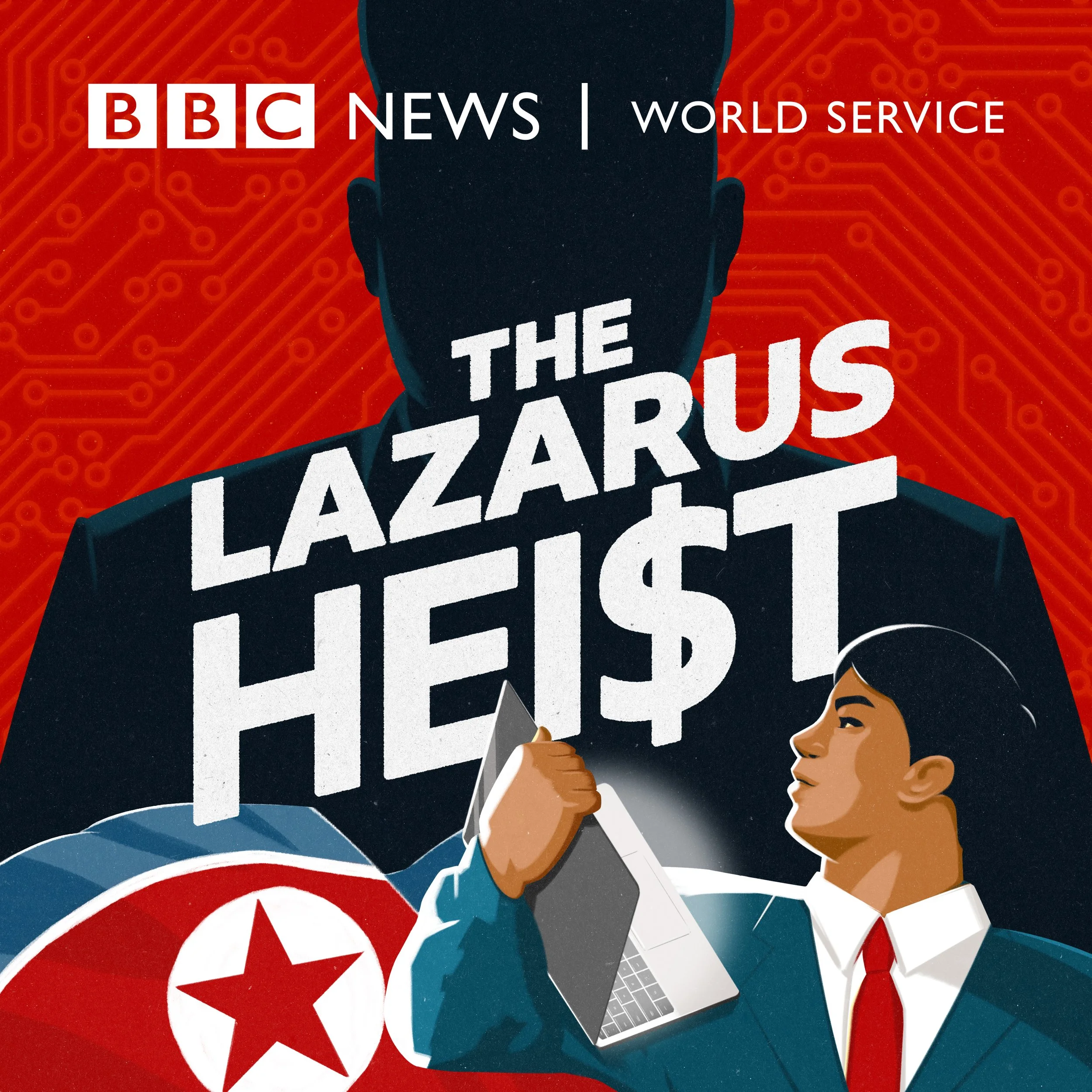

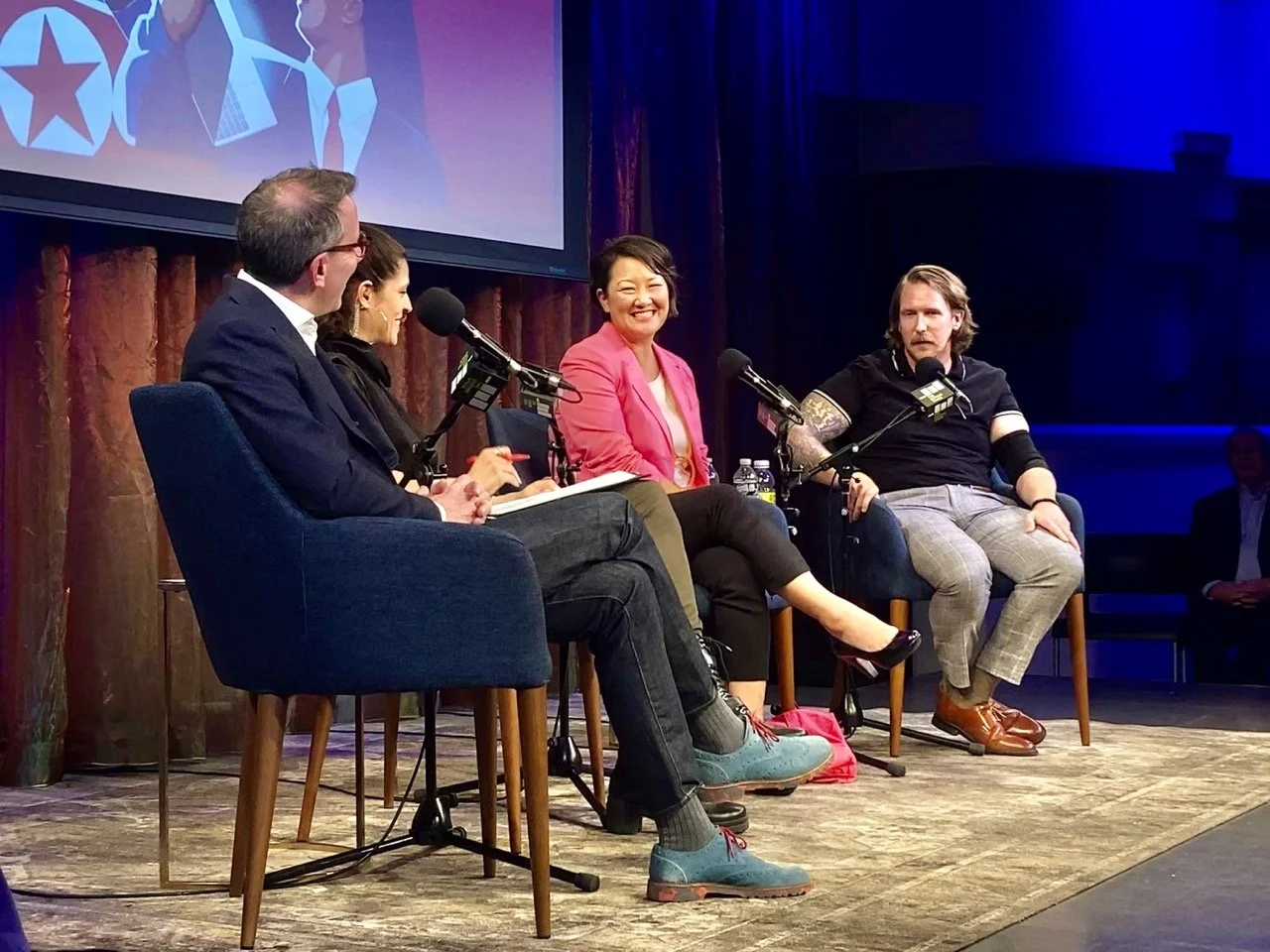
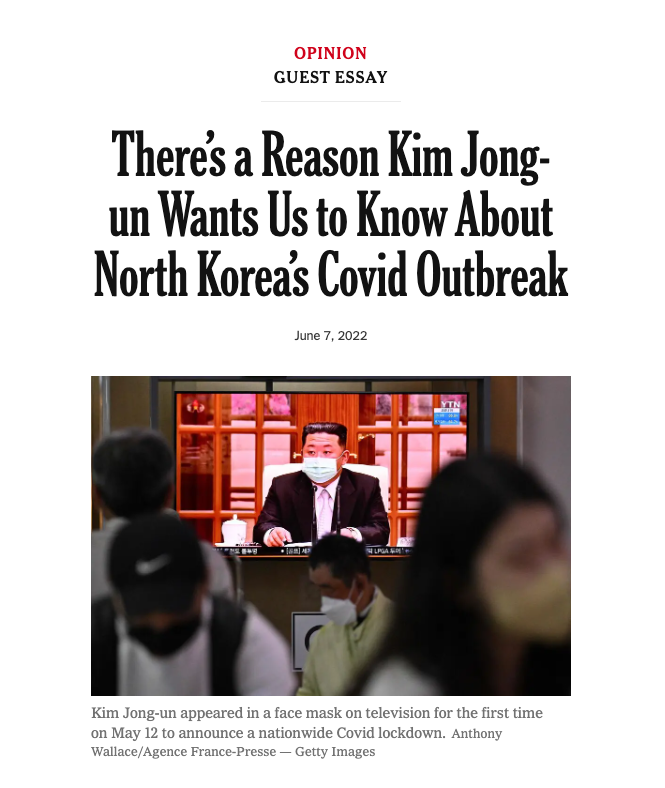

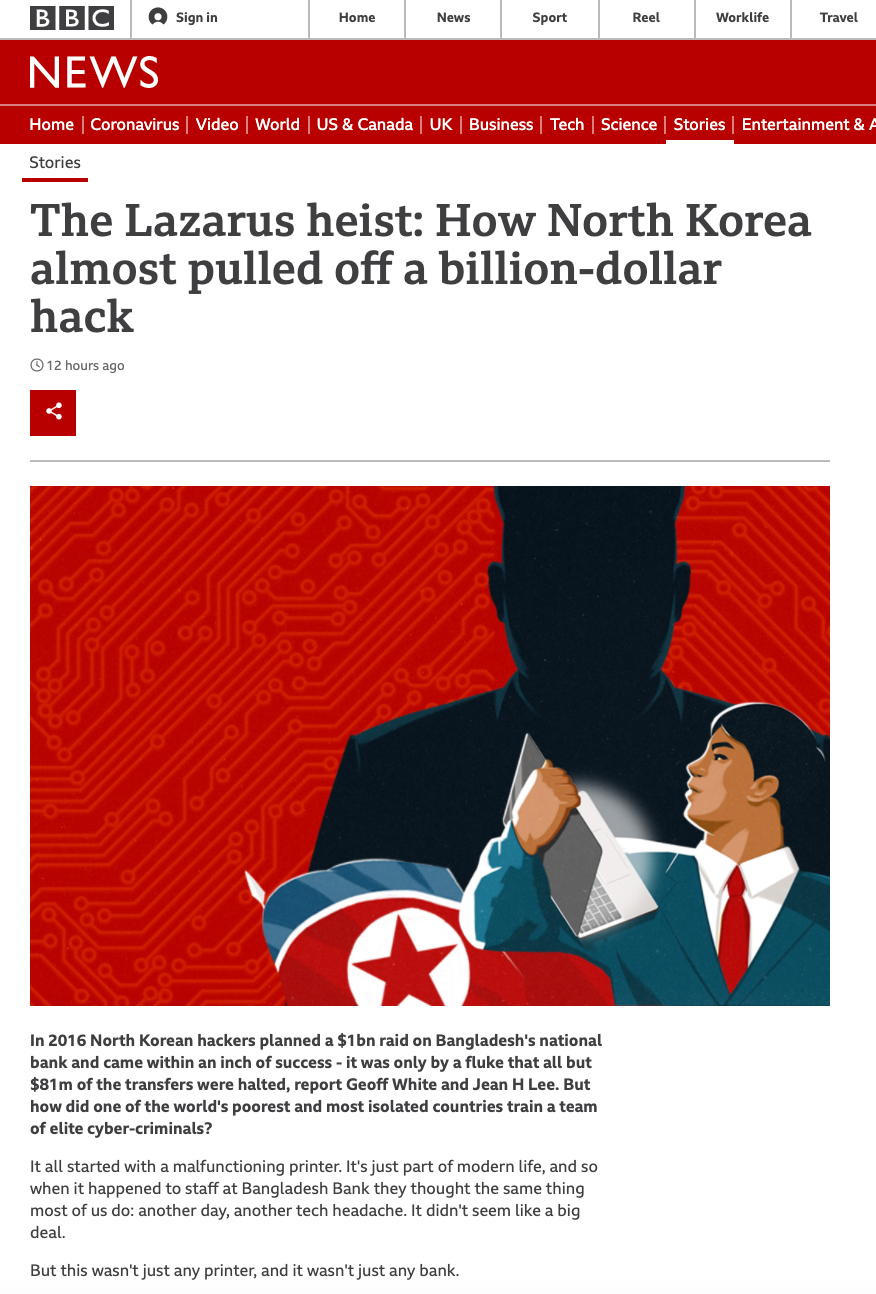
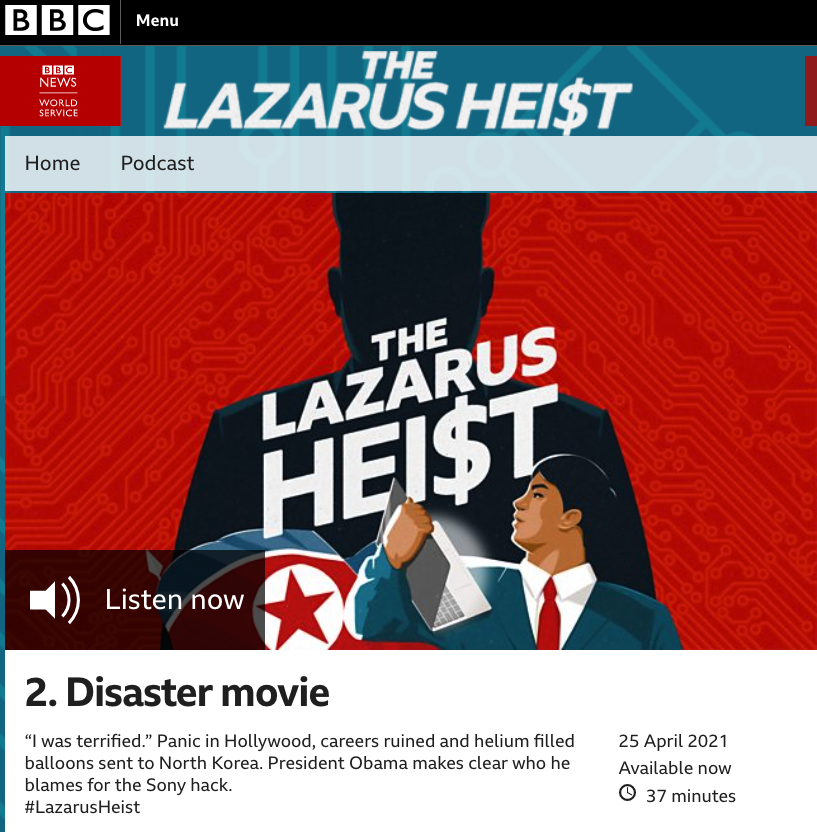












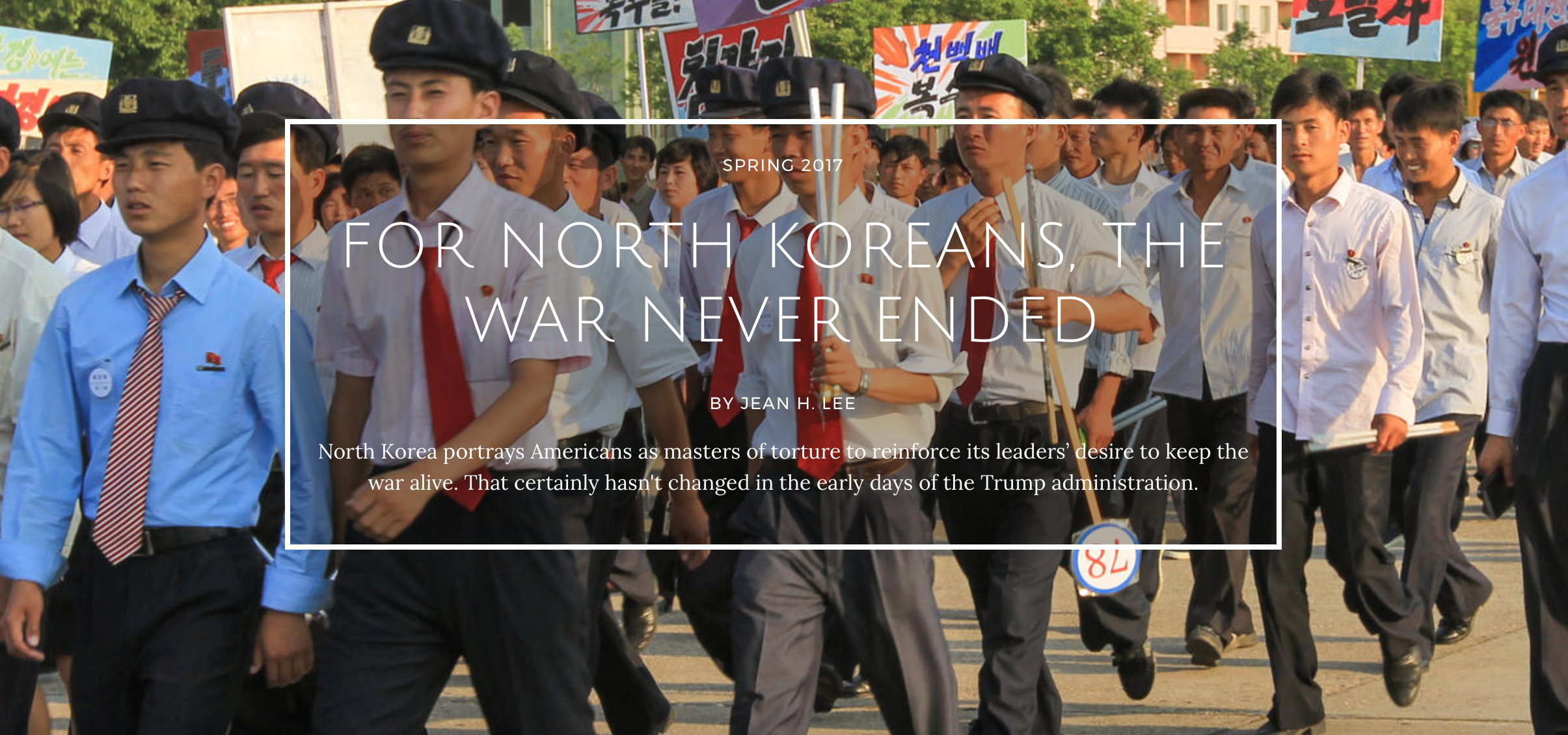


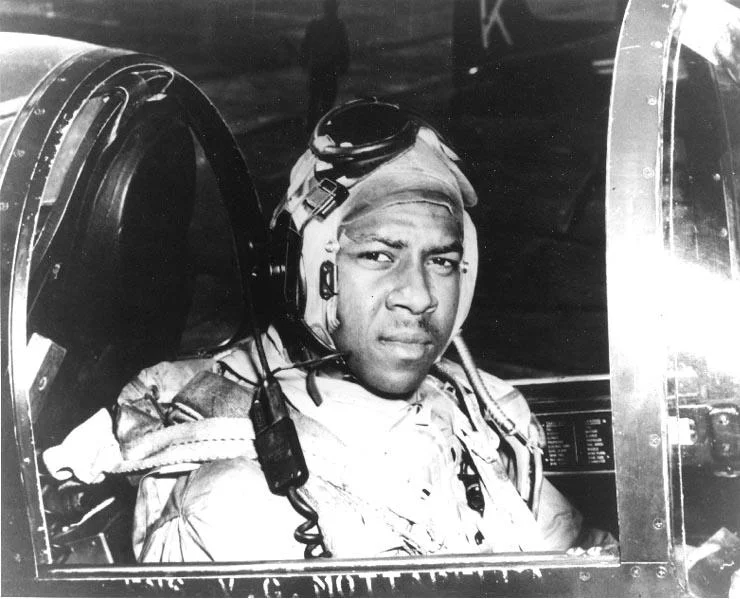
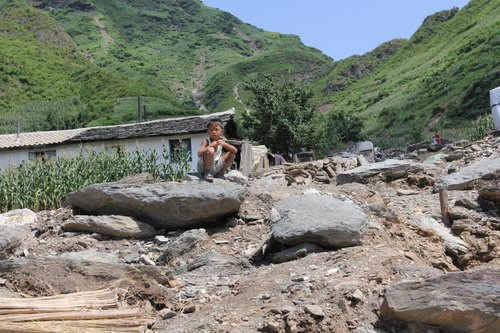




Download all episodes of The Lazarus Heist, watch Lazarus Heist animations, read our feature story about the hackers and view visualizations of the podcast episodes on Lazarus Heist homepage on the BBC World Service website!